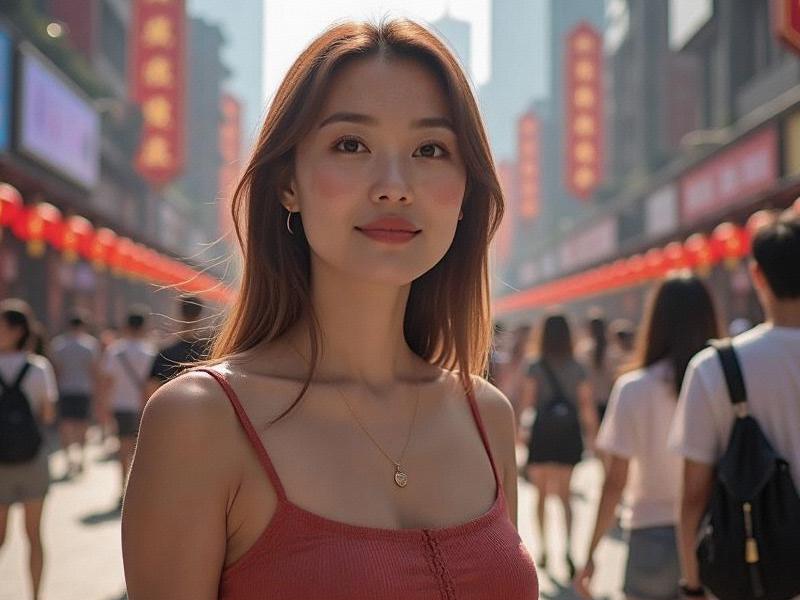The Shanghainese Paradox: How China's Most Cosmopolitan Women Balance Centuries of Tradition with Cutting-Edge Modernity
⏱ 2025-07-03 12:55 🔖 上海龙凤419
📢0℃

The qipao-clad women sipping jasmine tea in Yu Garden's antique pavilions and the power-suited executives debating in Lujiazui's glass towers represent two faces of the same phenomenon: Shanghainese women's unique negotiation of identity in the 21st century.
Historical Foundations:
Shanghai's women have always stood apart in Chinese society:
• 1920s: First Chinese women admitted to universities
• 1930s: Qipao modernization movement began here
• 1980s: Pioneered China's first female entrepreneurs
Modern Manifestations:
1. Career Pioneers
阿拉爱上海 - 38% of fintech startup founders are female (national avg: 12%)
- First Chinese city with majority-female judiciary
- Average salary gap: 8% (vs. 22% nationally)
2. Cultural Custodians
- Reviving Jiangnan embroidery through contemporary fashion
- Bilingual education emphasizing Chinese classics
- Modern interpretations of tea ceremony culture
上海龙凤419杨浦 3. Social Innovators
- "Singles Economy" worth ¥82 billion annually
- Co-living spaces designed by/for single women
- China's first feminist bookstore collective
The Beauty Paradox:
While maintaining global beauty standards:
• 64% reject cosmetic surgery (national avg: 41%)
• Traditional herbal skincare sales up 210% since 2020
爱上海 • "Natural gray" hair movement gaining traction
Challenges Ahead:
• Persistent "leftover women" stigma
• Caregiving expectations for aging parents
• Work-life balance in hyper-competitive economy
As Shanghai positions itself as a global city, its women are crafting a new model of Chinese femininity that honors heritage while embracing progress—a delicate balance that may redefine womanhood across urban Asia.
Shanghai's Enchanting Nightlife: A Symphony of Lights and Culture【特别报道】2025上海港:智能集装箱背后的全球航运革命【时空折叠】——上海的城市更新辩证法Shanghai’s Gilded Lounges: Where Dynasty Elegance Meets AI-Driven Extravagance"Shanghai 2025: Where Ancient Canals Meet Quantum Computing - The Reinvention of China's Global Gateway"Shanghai 2025: The Making of a Next-Generation Global Financial CapitalNeon Renaissance: How Shanghai's Elite Entertainment Clubs Are Redefining Chinese Nightlife CultureThe Yangtze Renaissance: How Shanghai and Its Satellite Cities Are Redefining Urbanization【都市女性志】上海"她力量"图鉴:从石库门女孩到国际都会新女性【轨道上的城市诗学】电车钢轨里的上海百年:从"叮当车"到数字轨交的文明切片

